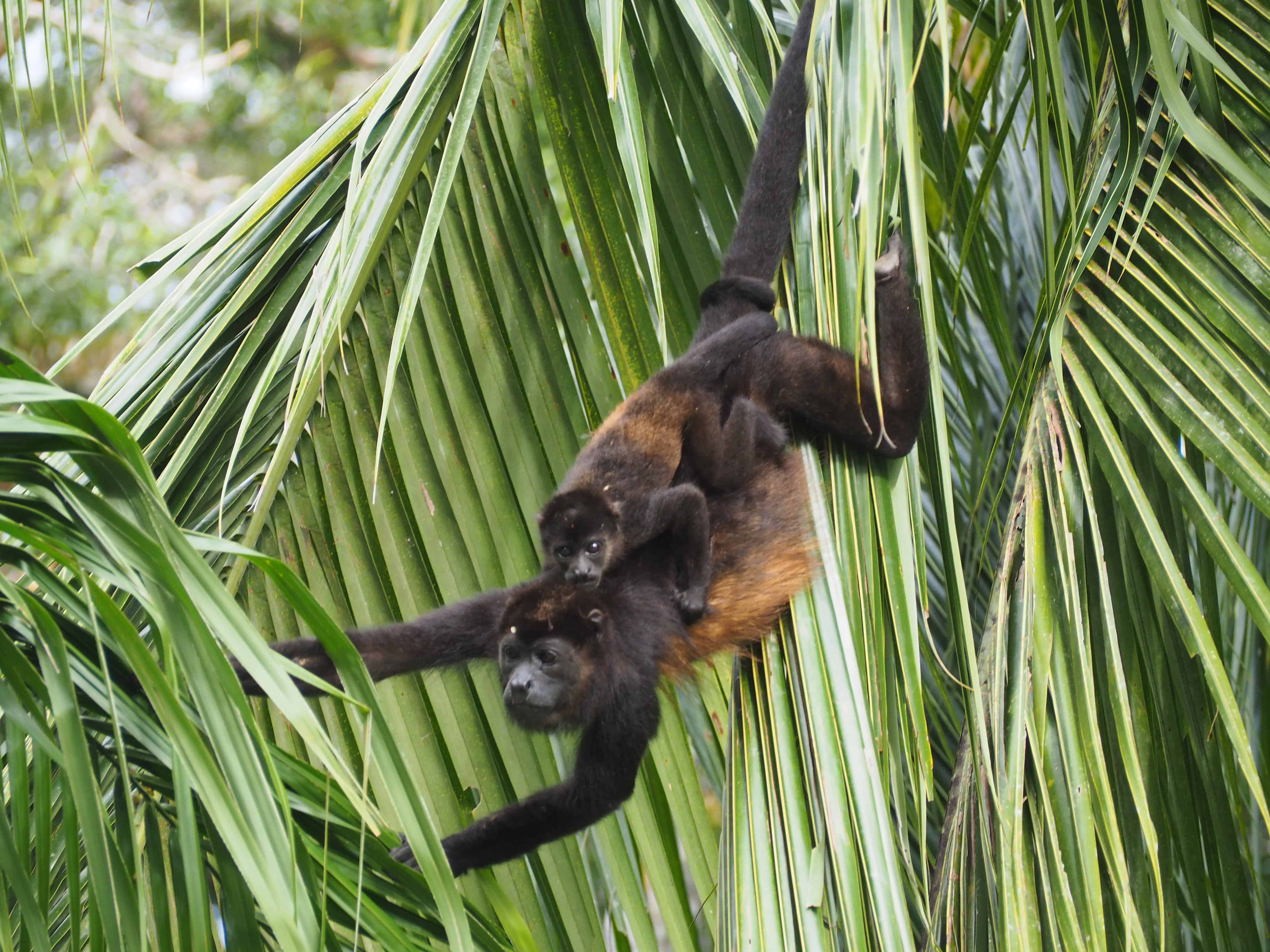Costa Rica has taken a significant step in wildlife conservation by addressing the growing issue of wildlife electrocutions in Santa Fe de Cóbano, Guanacaste. Officials from the Tempisque Conservation Area (ACT), responding to a citizen alert, intervened after an insulated power line used by animals to cross the street was removed during the installation of new electrical infrastructure for water wells. The removal led to several wildlife fatalities.
At the site, personnel from the National System of Conservation Areas (SINAC) assessed the situation and installed a 13.5-meter-long overhead wildlife crossing made of durable nylon rope. This crossing provides safe passage for animals such as monkeys, sloths, squirrels, birds, and other species, restoring connectivity and mitigating the risk of future electrocutions.
A second wildlife crossing is planned to strengthen safety measures in one of the area’s busiest wildlife corridors. SINAC is collaborating with the Sustainable Electrification Group, a coalition of electricity companies, to implement similar solutions across Costa Rica.
“The goal of this group is to enhance Costa Rica’s electrical network while safeguarding wildlife and preventing fatalities caused by power lines,” stated David Chavarría, executive director of SINAC. In January 2024, the Government of Costa Rica signed a decree to ensure public electricity services respect the lives of all species. This regulation outlines measures for reducing, preventing, and mitigating wildlife electrocutions.
The decree also establishes a monitoring system for electrocution incidents and mandates urgent interventions in critical areas, such as environmentally fragile ecosystems and wildlife migration routes. The “Sustainable Electrification” working group (GES), composed of SINAC, the National Environmental Technical Secretariat (SETENA), and multiple electricity providers—including ICE, CNFL, ESPH, and COOPEGUANACASTE—oversees the implementation of these measures.
As Costa Rica advances its infrastructure, efforts like these highlight the country’s commitment to balancing development with biodiversity conservation, reinforcing its reputation as a global leader in sustainability.






